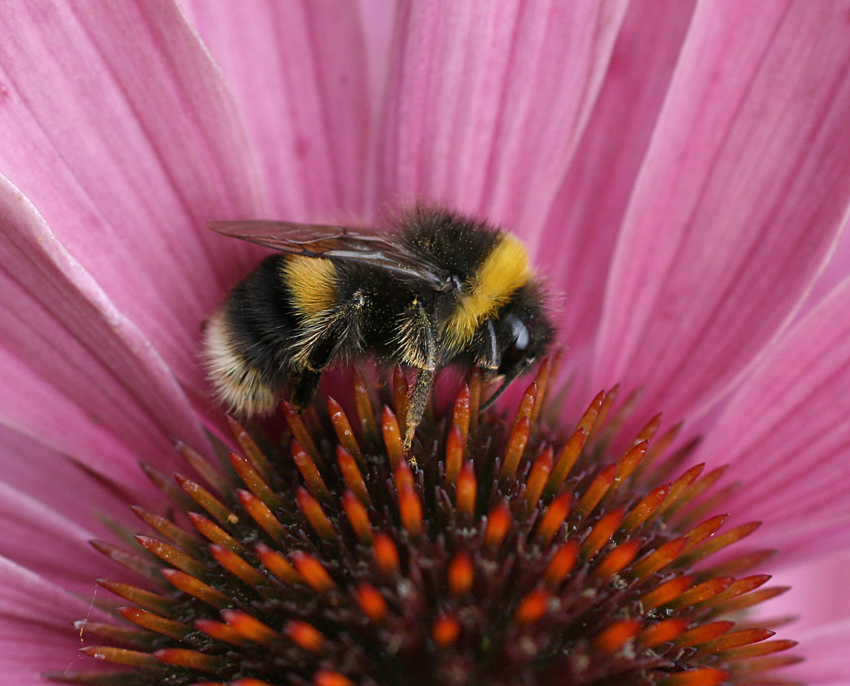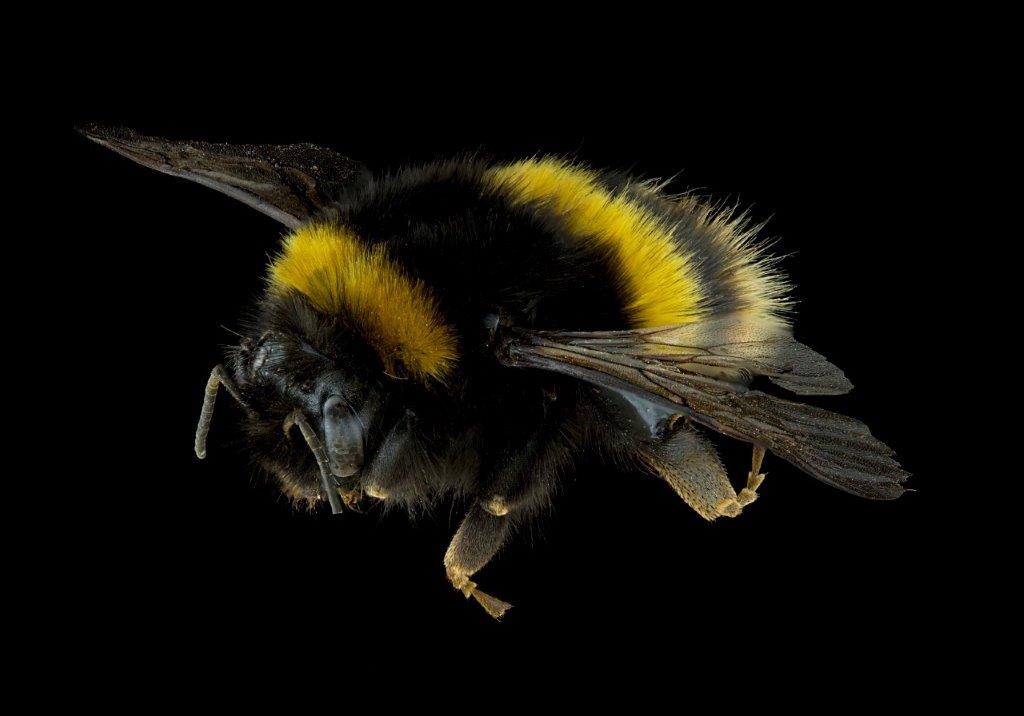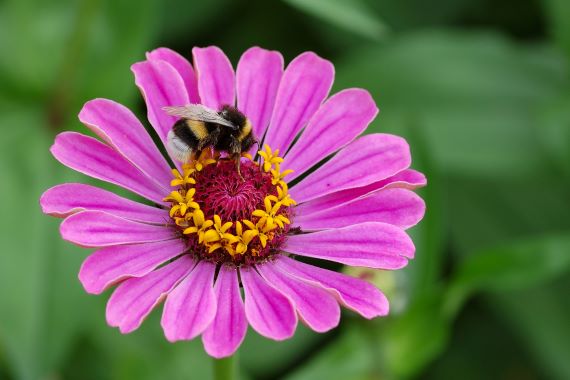
European bumblebee



Bombus terrestris
Should I report?
The European bumblebee (Bombus terrestris) is not present on the mainland of Australia, but in 1992 it was illegally introduced into Tasmania and has established there. This species is a biosecurity threat to NSW. If you suspect a bumblebee on the mainland, you must report it:
- Call the Exotic Plant Pest hotline on 1800 084 881,
- Submit an online form, OR
- Email biosecurity@dpi.nsw.gov.au
Include a photo of the insect as part of your report.
Description
The European bumblebee ranges in size from 11–22 mm. They have a black abdomen and one yellow/orange band across the thorax and another across the abdomen with a distinguishable white patch at the end of the abdomen. They are covered with dense hair over the whole body and are larger and fatter than the European honey bee.
European bumblebees are a social species and live in colony sizes of approximately 50–60 bees; this is much smaller compared to European honeybee colony size.
Distribution
Bumblebees are originally found in the northern hemisphere and South America in temperate climates. They have since established in New Zealand and Tasmania.
Bumblebees are not found on the mainland of Australia, if you suspect a bumblebee you must report it (see above for reporting methods).
Damage
If European bumblebees were to enter the Australian mainland, they may out compete native species for pollination services and nesting sites. They can damage flowers making them unusable to other pollinators. They can also increase the spread of some weeds by increasing flower pollination, contributing to disruption of natural ecosystems.

